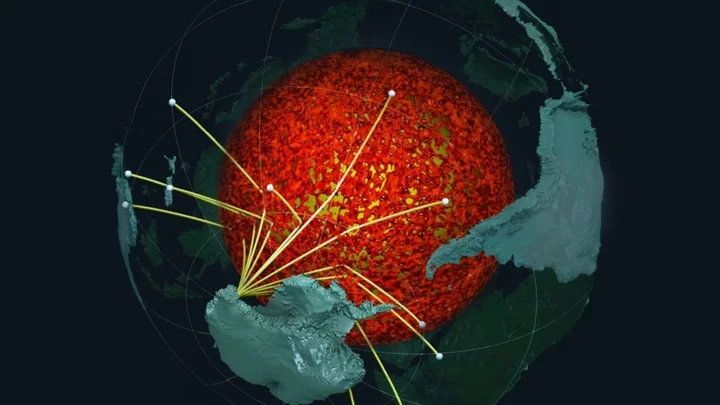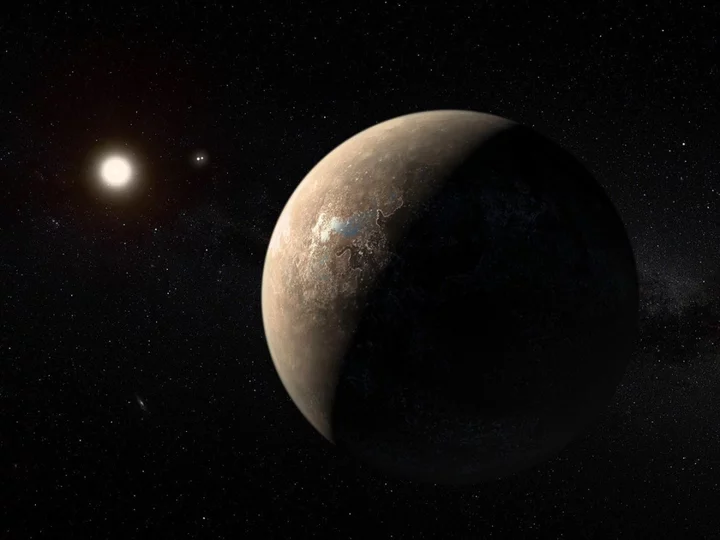It's a superb time to view our quirky planetary neighbors Venus and Mars.
June 2023 brings a number of enthralling celestial skywatching objects into view, and these two planets are especially easy to see. And that's not all. Other radiant planets, and stars, are visible, too.
"The planets of war and love draw nearer each night, as the bright stars of Northern Hemisphere summer rise," writes NASA.
SEE ALSO: How NASA's Venus probe will survive hell and make unprecedented discoveriesHow to see Mars and Venus
It's simple. They're visible even in light-polluted places. You just need to look up on clear nights.
"You can watch Mars and Venus draw closer together throughout the month in the western sky following sunset," explains NASA.
Mars, with a reddish hue, will appear to the upper left of vivid Venus:
Mars and Venus in the June 2023 sky. Credit: NASAVenus, a hellish world with a surface hotter than a pizza oven (it's some 900 Fahrenheit), is especially brilliant. It's the second brightest object the night sky, second to the all-powerful moon. It's perpetually shrouded in thick clouds, largely made of toxic sulfuric acid, that reflect bounties of sunlight into space. That's why Venus has continually intrigued humans for at least thousands of years. "It was called the most beautiful star in the sky by Homer, author of 'The Iliad' and 'The Odyssey' — two of the oldest and most important works in Greek literature," NASA noted.
Mars is the most explored planet, other than Earth of course, in our solar system. Planetary scientists think the Red Planet was once a warm, watery world, with vast oceans, lakes, and vigorous rivers. But over time Mars' atmosphere vanished, and it transformed into a profoundly dry desert land. NASA and other space agencies are intensely researching this world, as they look for hints of past habitability and evidence of extinct microbial life — should any ever have existed there.
Want more science and tech news delivered straight to your inbox? Sign up for Mashable's Light Speed newsletter today.
How to see other intriguing objects in the night sky
Beyond Mars and Venus, you'll have the opportunity to see other celestial curiosities:
Jupiter and Saturn: For early risers, or night owls, the gas giants will be visible before the sun rises. "Early risers will find them on the eastern side of the sky before sun-up all month long," explains NASA. "And you'll find Jupiter rising with the crescent Moon on June 14."
Huge, vivid stars: In June evenings, two brilliant stars will be visible to the south. Spica is a blue-white giant, and Arcturus, just some 37 light-years away, is an orange star older than the sun.
The Summer Triangle: Look east a couple of hours after dark. There you'll find three stars composing the "Summer Triangle": Vega, Deneb, and Altair.
Enjoy the celestial wonders above.
This story has been updated to provide more stargazing information.









